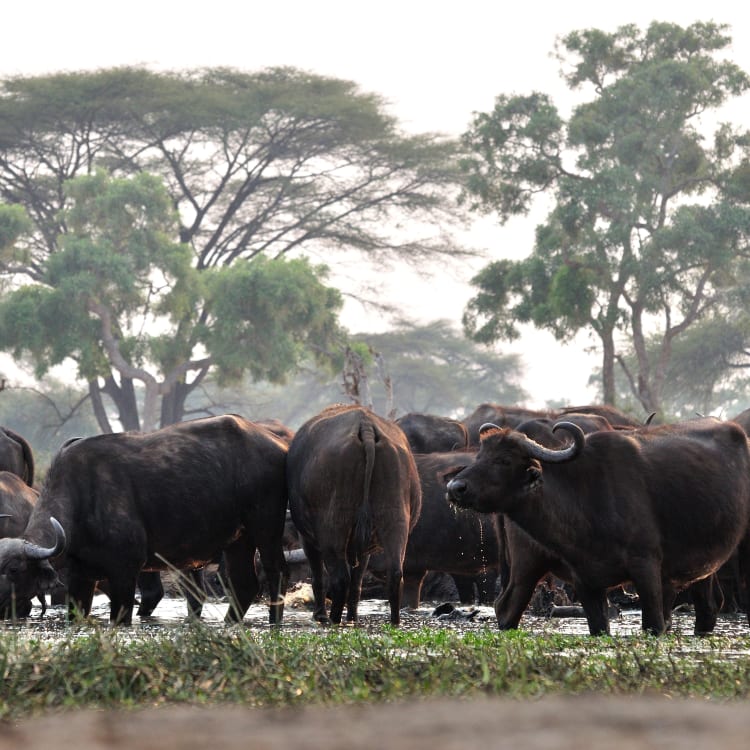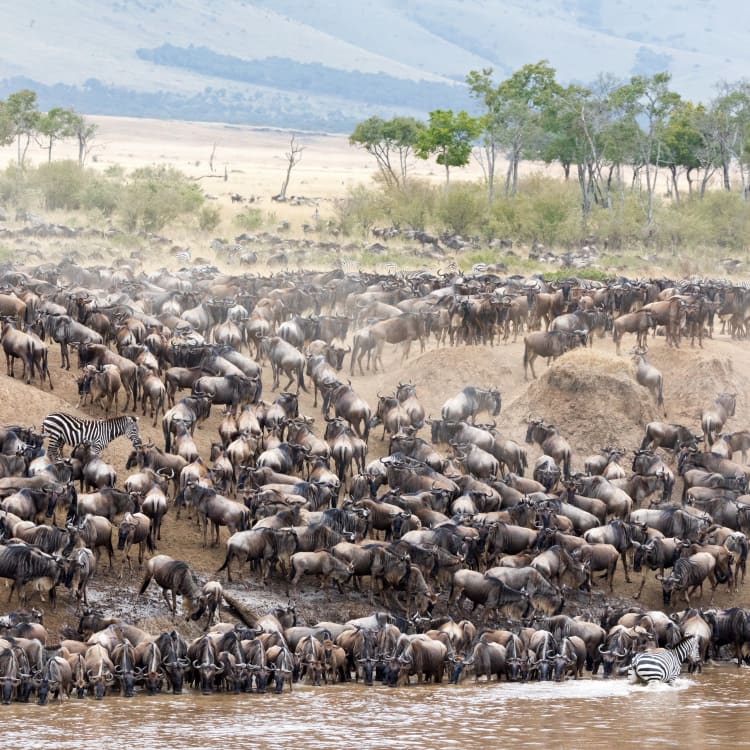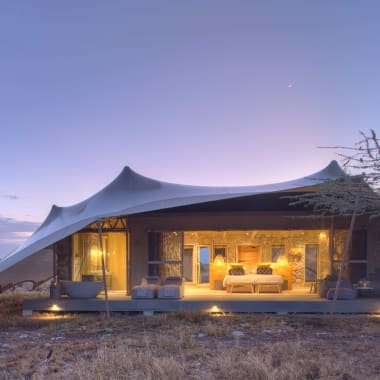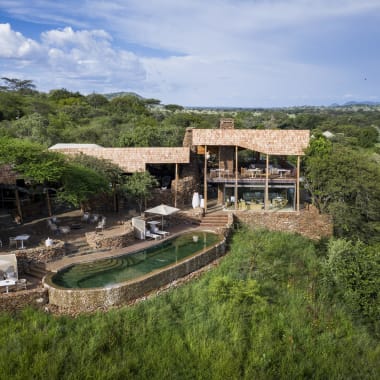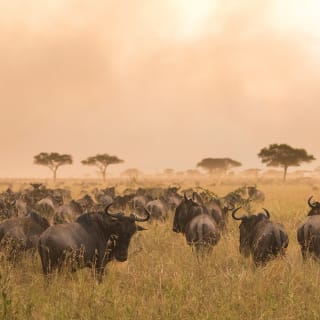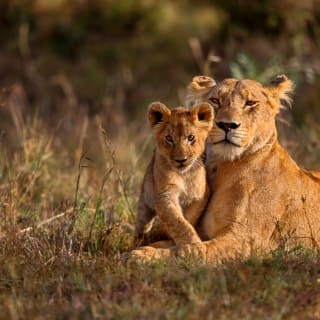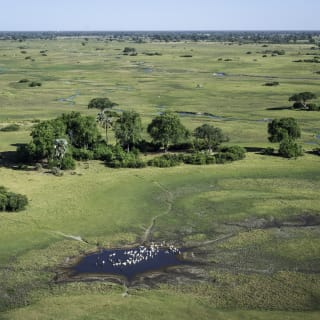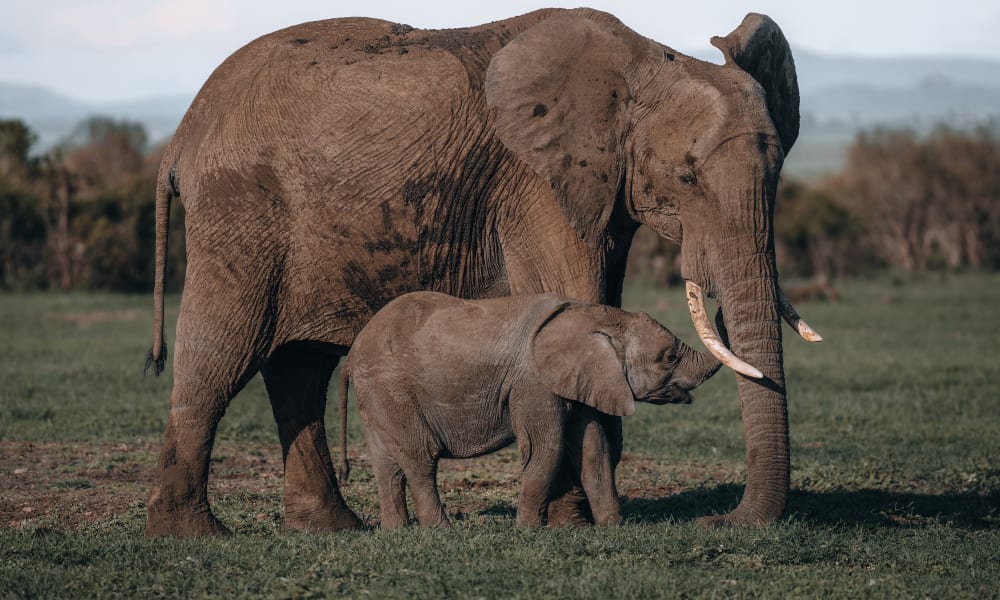
Serengeti National Park
Adventure Serengeti: On safari in the cradle of Africa
As one of the largest and most renowned national parks in Africa, the Serengeti is a must-see for safari travelers. The untouched landscape of the approximately 15,000 square kilometer nature reserve impresses with its diversity. The Serengeti owes its illustrious name to the vast steppe in the south with its towering acacias. Translated from the Maasai language, it means nothing other than "endless plain".
While the Serengeti National Park borders Kenya to the north, the volcanic Ngorongoro massif forms the southern border. To the north-east, Lake Victoria is a geographical fixed point. In addition to the Serengeti Plains with their golden grasslands, the swampy river landscapes in the west are also popular safari stops.
The great migration of wildebeest, zebra, buffalo and antelope along the Mara River is as thrilling as a thriller. The raging river in northern Tanzania is home to meter-long Nile crocodiles. What looks like a showdown between reptiles and mammals is actually a game of nature. After crossing the river, lush green pastureland beckons: the best food for the numerous young animals.
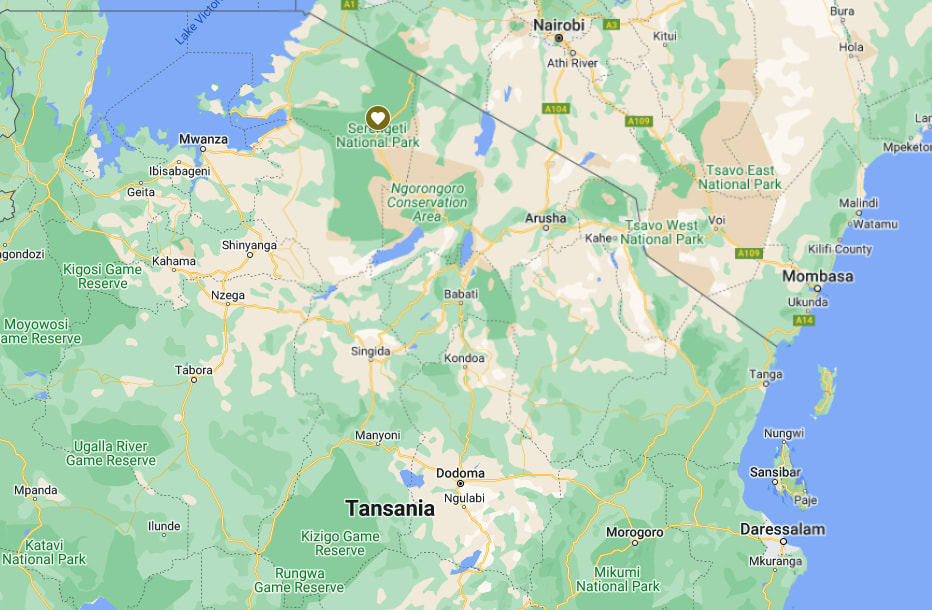
Best time to travel
The best time to visit the Serengeti is between July and October.
Serengeti National Park: History and general information
While the Serengeti was given national park status in 1951, UNESCO declared it a World Heritage Site in 1981. No wonder - after all, the diverse ecosystems, the large number of wild animals and the Great Migration are unique. Countless species - from rare water birds to majestic black rhinos and big cats - magically attract visitors to the park. Each region of the Serengeti has its own story to tell.
As a year-round destination, the park, known for its large lion populations, offers a network of trails around 1,750 kilometers long. Around 500,000 visitors seek their safari luck here every year in search of the legendary Big Five. In fact, the Serengeti is also a rewarding destination away from the wildlife tracks and gravel roads. Red-hot sunsets and the sounds of the wild animals accompany eventful days and nights under the vast Tanzanian sky.
Serengeti's wildlife
See the Big Five once! This is the wish that accompanies most globetrotters who come to the Serengeti for unforgettable safari experiences. And indeed: Tanzania's rich wildlife promises encounters of a special kind. Find out here what surprises, big and small, await you in the steppe.
The Big Five
Elephant, rhino, buffalo, leopard and lion: the big five are the stars of every safari. The chances of seeing them are almost nowhere else in Africa as good as in the Serengeti National Park. While rhino sightings are very rare, the kings of the Serengeti Plains are much more common. Perched on the kopjes, lions keep an eye out for their prey. The typical rock formations also offer the young big cats pleasant protection.
Leopards and cheetahs roam the embankments of the riverine landscapes. Elephants graze in large groups on green meadows after the rainy season. They pluck acacia branches from the trunk with impressive ease. Just as popular are the hippos bathing in the Retima Hippo Pool. If you want to see them, you should head for the Seronera Valley.
The Great Migration
The Great Migration refers to the annual cycle in which millions of wild animals migrate clockwise through the Serengeti. From the grassy plains in the south, the journey heads west to the fertile riverine landscapes. Always in search of food and water, wildebeest, buffalo and antelope move further north. Accompanied by big cats, they pass the large rivers: Grumeti, Mbalageti and Mara River.
The herd formations are up to 40 kilometers long. Their thundering hooves resound like drumbeats across the land. This annually recurring natural spectacle is quite rightly considered the biggest attraction of the Serengeti National Park. Once you have felt the energy of this millennia-old transformation process, you will remember it for the rest of your life. Of course, the return of the herds of animals to the south is also part of the perpetual cycle.
The best time to visit the Serengeti National Park
Based on our experience, June to October and December to February are the best times to visit Tanzania. This is also when the animals in the national park are most active. In addition to the Big Five, there are tens of thousands of other animal species to discover between the steppe, volcanic mountains and idyllic rivers. Peacefully grazing giraffes and agile primates, zebras and exotic birds are among the most sought-after photo motifs.
If you are traveling to Tanzania for a safari adventure, you can use the Great Migration as a guide. When the animals arrive in which region of the Serengeti National Park also depends on the prevailing weather conditions. You should therefore plan a generous time window to increase your chances of frequent animal sightings. In principle, there is a lot to discover all year round - depending on which direction you set off in.
South-eastern Serengeti:
The herds prefer to graze here from November to February. This is also the best time to see young animals.
Serengeti Plains and Seronera Valley:
From March to May, the ungulates move quickly in a north-westerly direction. First through the grassy plains with their kopjes, later to the Seronera River.
Western Territory:
In June, the first spectacular river crossing takes place on the Grumeti River. The Great Migration slows down.
Grumeti Reserve:
This is where the herds of wild animals move in July.
Masai River and Masai Mara Kenya:
The Great Migration reaches its annual climax with the crossing of the Masai River in August. Behind the dreaded riverbanks, lush pastures and sparse forests beckon. Wildebeest, buffalo and co. cross the watershed again in September - this time on their way back south.
Activities in the Serengeti
In addition to tailor-made safari adventures, the Serengeti National Park offers a wealth of exciting activities. How about an atmospheric balloon ride, for example? Get a bird's eye view of the fascinating nature and follow river courses and vegetation borders with the naked eye. Game drives in off-road vehicles are real safari classics. Head out into the steppe with knowledgeable guides. Have your camera and binoculars ready so you don't miss anything!
Guided bush tours to the kopjes and visits to Maasai settlements are also exciting and informative at the same time. Learn all about life in the Serengeti and gain a personal impression of local customs and traditions.
The culture of the Maasai
Meet the locals: The Maasai have lived in the Serengeti region for many centuries. For a long time, livestock farming was the only source of livelihood for this proud nomadic people. Today, the Maasai, who are organized in extended families and village communities, are increasingly opening up to the opportunities and challenges of the modern world. Education and commercial activities such as leisure and tourism are gaining in importance. Many Maasai work as safari guides and hosts at safari lodges.
During visits to local communities, you can get to know the traditional way of life of the Maasai. The boma - circular mud huts supported by wooden posts - are the focal point of the settlements. They are surrounded by fireplaces, livestock and shelters. The colorful garments and the warm hospitality of the Maasai are also unique. Experience encounters that will stay in your heart.
Measures for nature conservation
Sustainable tourism is also a contemporary maxim in the Serengeti National Park. As a traveler, you can make a significant contribution to the preservation of research work, charitable projects and nature and animal protection programs. Clearly defined park rules and fixed routes ensure that the wild animals remain undisturbed. Waste disposal and the use of natural resources are also subject to fixed regulations.
Unlike many other game reserves, the Serengeti National Park is not fenced in. This allows the wild animals to roam freely from region to region. While the Maasai still had to leave their settlement areas when the national park was founded, they are now much more involved in administrative matters.
Safaris in Serengeti National Park
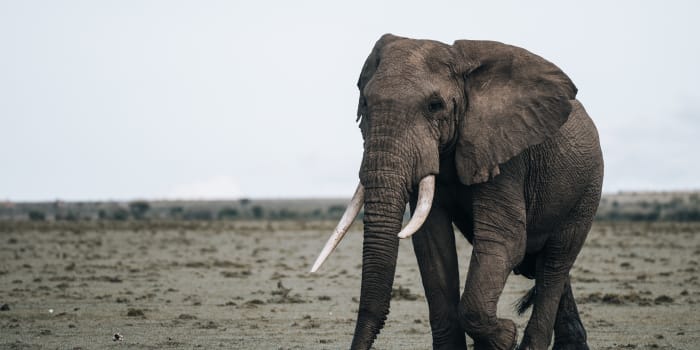
- Exclusive fly-in safari through Tanzania's north
- The "Big Five" in the Serengeti
- Paradise beaches on Zanzibar
from 16.960 € per person plus flights
Read more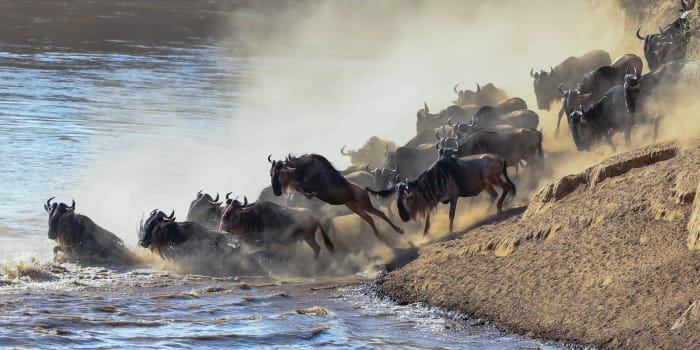
- The Great Migration in Kenya
- The untouched southern Tanzania
- Optional beach extension on Zanzibar
from 8.995 € per person plus flights
Read moreA dream from A to Z - we were in paradise. Oh Mrs. Sterker, especially the region around Serengeti/ Ngorongoro/ Arusha touched our hearts and souls once again. It was not easy for us to say goodbye. We would like to thank you very much for your support and the smooth, friendly and personal handling.
Lodges in Serengeti National Park
To book a trip or for more information, contact us. We'll help you plan and guide you through your upcoming adventure!

